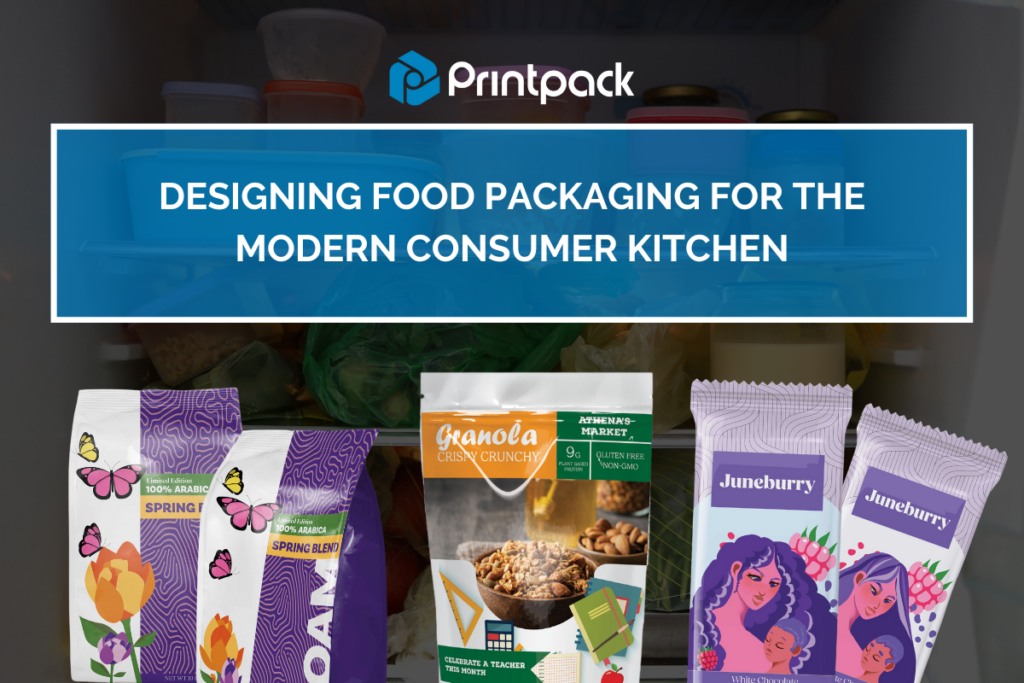May 15, 2023
(press release)
–
While standing out on the retail shelf has typically been the starting point for packaging design, the focus is shifting to standing out in the kitchen – post-purchase. Brands are working to improve the shelf appeal of pantry products so consumers can better use them while avoiding expiration and waste. Refrigerator A huge majority of consumers are becoming more aware of the importance of reducing food waste. Of course, packaging is designed to extend shelf life with oxygen and moisture barriers to keep food fresh for longer, but some brands are using another angle – food won’t be wasted if it isn’t forgotten. The simple, yet innovative notion is if a product is built to fit in a more noticeable or frequented area of the fridge or pantry, higher consumption will be inevitable. Most consumers are familiar with squeezable bottles and tubes. Daisy took a page from that playbook when they updated their sour cream packaging from a jar to a squeezable, inverted tube that stands on its own. The package eliminates risk of contamination from dirty utensils and allows consumers to assess the amount of product left without opening it, encouraging additional use. Most importantly, the new shape keeps the container top of mind by fitting in the fridge door where it is much less likely to migrate to the back and be left alone to expire. Pantry Visually pleasing pantry organization is is a growing trend and this directly impacts packaging design for non-perishable goods. Companies are now designing packages that fit easily into a pantry, with a focus on stackability and space-saving. This is especially important in small apartments and homes where space is limited and consumers need ways to maximize their storage. A trend that is piggybacking this movement is decanting: putting packaged product into a different container to store it. In addition to aesthetic reasons for decanting, many consumers also see benefits for viewing product availability (no buying double), less waste, and better stock rotation. For brands, this means that products stored on the pantry shelf must now compete with being decanted. However, there are compelling reasons for packaging to keep its place on the shelf: Frozen Consumers’ expectations for frozen food packaging are high because the products are viewed as long term and easy to store indefinitely. Packaging elements that help meet these expectations are: Whether in the fridge, in the pantry, or in the freezer, today’s kitchen-friendly packaging design plays an essential role in the consumer’s decision-making process. ********* About Printpack Printpack is a leading manufacturer of flexible and specialty rigid packaging with over 60 years of experience helping brands improve retail visibility, heighten brand awareness, and capture market share. Printpack combines unique insights into consumer preference with advanced technological capabilities in order to convert packaging concepts into reality. Headquartered in Atlanta, GA, Printpack is a privately held company that believes cooperation and integrity result in sustainable innovation.
* All content is copyrighted by Industry Intelligence, or the original respective author or source. You may not recirculate, redistrubte or publish the analysis and presentation included in the service without Industry Intelligence's prior written consent. Please review our terms of use.




